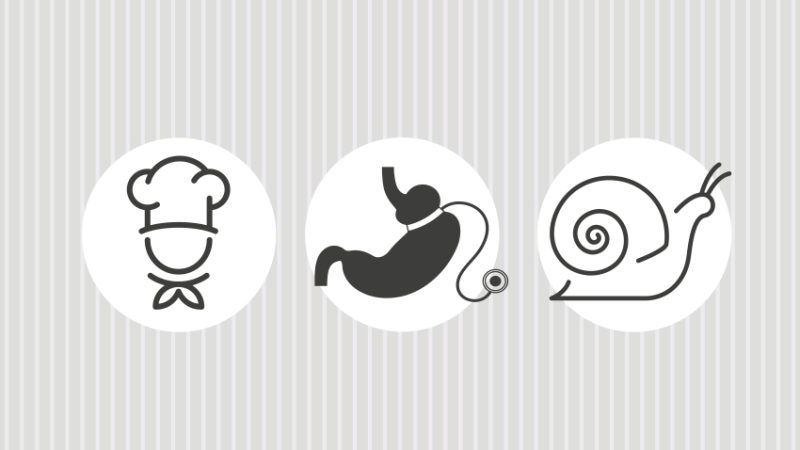Cross-curricular spelling – What your English department can teach the rest of your staff

If students’ poor spelling has become a cross-curricular sore point at your school, it might be time to borrow some tried and trusted techniques from your English teachers, suggests Zoe Enser…

- by Zoe Enser

Learning about spelling patterns, tips on tackling common elements of our language, how to recall those knotty problems presented by our irregular words – all are core components of English lessons.
And yet, the use and spelling of complex terminology is a curriculum-wide issue. In certain subjects, the sheer volume of new terminology that must be learned can be overwhelming.
According to the noted English Professor Teresa Thonney, “Learning a science is like learning to speak a foreign language,” with some studies showing that “Typical biology textbooks introduce students to even more new vocabulary than foreign-language textbooks.”
To a greater or lesser extent, all subjects have a language of their own that pupils are required to speak and write. Thankfully, however, there’s much that teachers can do to ensure pupils develop a firm grasp of subject-specific terminology – so from an English teacher’s perspective, here are some strategies that might be worth pursuing.
1. Careful sequencing
Sequencing the introduction of new words is an important part of curriculum design. There are thousands of words we might want pupils to learn to use over the course of our subjects, so decide which are needed now and look at ways of clustering them, based on which words are most likely to open conceptual doors and allow pupils them to think, talk and write in the way your subject requires.
This will provide a firmer basis for future study than a scattergun approach. That’s not to say you shouldn’t use or teach any other words to which this might not apply, but deciding on key terms for different stages will put you and your pupils in greater control of the language you want them to acquire.
2. Etymology and morphology
Explicitly teach the etymology (origins) and morphology (forms and structures) of the words you want pupils to know. If pupils can understand the origins, components and patterns of these initially unfamiliar words, they’ll be more likely to remember them.
For instance, understanding that ‘geo’ relates to the Earth can put them on track to being able to write more confidently about geology, geocaching and geometry. Playing around with the components ‘graph-’ and ‘-graphy’ can help introduce students to terms as diverse as ‘biography’, ‘graphic’ and ‘grapheme’.
Knowing how such words initially entered our language can help secure their meanings in memory, along with how they’re spelt. Once familiar with their patterns, students can then
use them more flexibly when encountering other new words at a later stage.
3. Employ mind tricks
To help students retain more complex spellings, it’s worth deploying some tricks. When introducing the word ‘onomatopoeia’, I’ll break it down into its component parts. I tell students that the final section can be easily remembered when you think about how often onomatopoeia is used in ‘poems’, and have the ‘poe’ act as a prompt.
In other examples, I’ll teach the irregular word ‘rhythm’ using the mnemonic ‘Rhythm Has Your Two Hips Moving’ accompanied by an appropriate wiggle. I’ll overemphasise the ‘c’ in ‘scissors’. All ways of ensuring that I don’t get driven mad by repeatedly seeing incorrect spellings of such.
4. The Frayer model
The Frayer model can be a useful approach when exploring unfamiliar vocabulary, for the way it introduces examples and non-examples. This is where you present a definition, an example of what the word is, examples of what it isn’t, and then opportunities to see the word used in action.
This can be represented visually via a grid displayed on the board, or communicated verbally as part of your explanation and instruction. Pupils enjoy exploring their own examples of new words in action, and seeing where something doesn’t work can be as powerful as seeing where it does – so long as time is taken to explore why incorrect examples don’t work. We don’t want to embed misconceptions that can later lead to inaccuracies.
5. Use it or lose it
Once words have been broken down and clearly defined, and students have had opportunities to hear and see them in action, the next and arguably most important stage is for students to practise using and spelling said words themselves.
Initial repetition of a word, followed by writing it correctly several times, is key to retaining it. Follow this with time spent practising use of the word in context, which will increase the chances of this particular information being stored in a student’s long-term memory. We ultimately want students to fluently recall words until they become embedded and their use is effectively automated.
Create plenty of opportunities for retrieval of key vocabulary – especially soon after introducing it – via speaking, writing and reading activities. These don’t have to involve a quiz, though low stakes quizzes can be highly effective tools when it comes to vocabulary acquisition, and pupils will often appreciate the quick feedback they receive from them.
Spaced retrieval and practice is also important, so circle back to words which have been taught earlier to ensure they’re still being used correctly, and that pupils can recall them quickly..
6. Share the load
Something I’ve found really useful has been to not have it just be me that’s spotting spelling errors, by passing some of that responsibility onto pupils. If I’ve taught them correctly and provided embedding opportunities, but pupils are still getting words wrong, it might be down to them cutting corners.
Before marking a piece of work I’ll remind students of any key spellings or vocabulary I want them to use correctly. This is typically tailored to each class, focusing on centralised key terms needed for the scheme while highlighting some common errors, and ends with me asking pupils to check their own or a partner’s work for any errors relating to those key terms.
The responsibility is therefore on them to check and correct themselves. There is power to be had in being an active participant in this part of the process, as opposed to simply being a passive receiver. If they can be motivated by not wanting to make extra corrections to their work at the end, pupils will be less likely to make similar errors in future.
Learning new vocabulary is challenging. There really aren’t any shortcuts or quick fixes, but as outlined above, there are ways of making the process more efficient so that we and our pupils are having to put in less effort later on. Implemented appropriately, these strategies should help ensure that our pupils can speak and write our language more accurately and fluently.
Zoe Enser (@greeborunner) is a teaching consultant, advisor and author, having previously been an English teacher and head of department; her latest book, Bringing Forth the Bard: A guide to teaching Shakespeare in the English classroom, is available now (£16.99, Crown House Publishing). Browse Year 3 and 4 spelling list resources and Year 5 and 6 spelling list resources.











